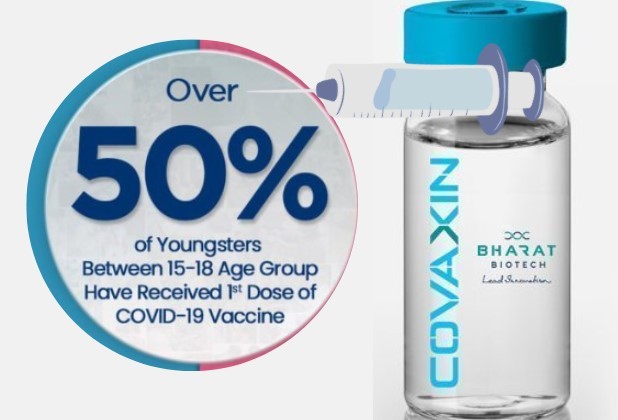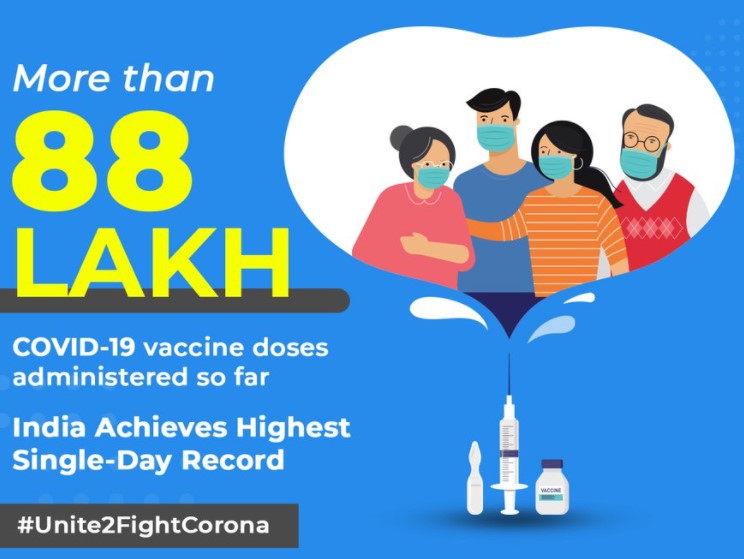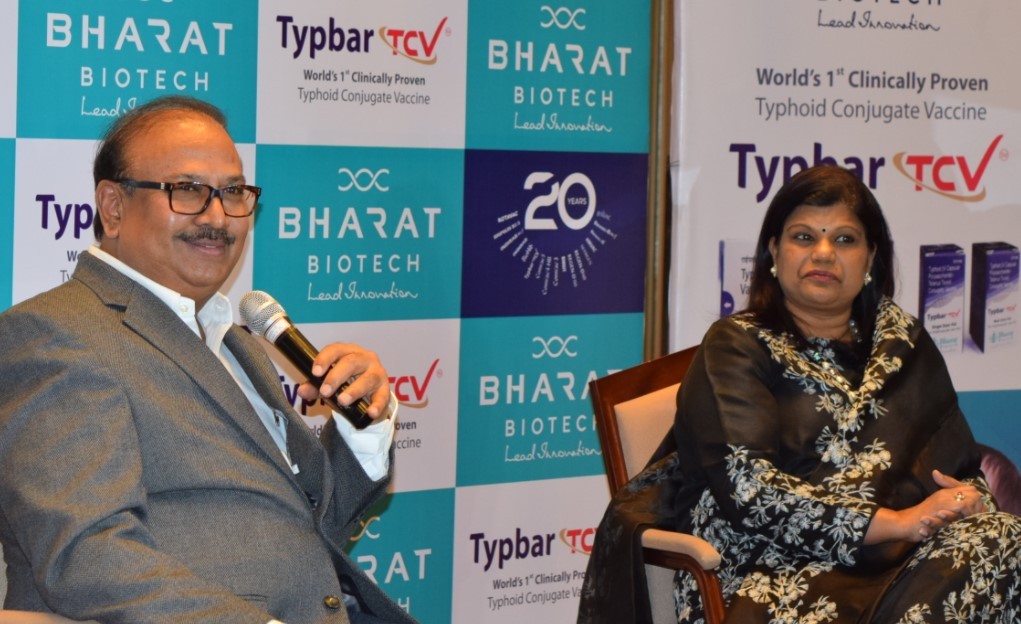COVAXIN Shelf Life, what is it, need to be understood clearly, which all parents and their children ought to know. Before this, it is important to also note the vaccination for 15-18 years children got off to a very healthy start, with parents reaching sites to get their children vaccinated in large numbers.
On day one over 41 lakh teenagers having already received their first dose of COVAXIN, according to the health ministry, it’s fair to say that the second phase has started great pomp.
Given the rising threat of the Omicron variant that prompted states to implement restrictions ahead of New Year celebrations and which now finds states mulling further curbs, vaccinating the 8-10 crore young Indians between the ages of 15 and 17 is viewed as critical in getting ahead of the virus.
COVAXIN Shelf Life Clearly Explained

The CDSCO had in February last year extended the shelf life of Covishield from nine months to 12 months, after a similar process. The manufacture of the vaccine has to submit data to show that its vaccine retains its stability for longer periods. If the regulator is satisfied with the data, it can extend the expiry period.
To begin with, it’s important to have a basic understanding of what a vaccine is. A vaccine is a combination of various proteins, lipids, and carbohydrates mixed with inactivated virus particles and adjuvants (substances intended to enhance the immune response and efficacy of the inoculant). As with other medical products, a vaccine’s shelf life depends on how the efficacy of a vaccine wanes over time.
Bharat Biotech which makes COVAXIN also in a statement explained the shelf life extension of its vaccine in tweet which reads below:
In order to determine the efficacy of a vaccine, it is, typically, tested on animals at different intervals to discover when chemical reactions are compromised and the vaccine in question loses efficacy.
The stability of a vaccine – upon which its shelf-life is based – describes the ability of the inoculant to retain its chemical, physical, microbiological and biological properties over time, according to the World Health Organisation (WHO).
A series of tests are designed to obtain information on the stability of a vaccine in order to define its shelf life and utilisation period under specified packaging and storage conditions. And depending on the nature of the antigen and other components, and the manufacturing process, stability parameters are selected on a case-by-case basis, the WHO guidelines state.
There are three specific objectives of stability studies, which differ throughout a vaccine’s lifetime. First, it is conducted to determine shelf life and storage conditions.
Second, the stability studies, monitor vaccine stability in the post-licensure period, that is, when the vaccine is marketed commercially.
Third, according to the WHO guidelines, stability studies are conducted to support manufacturing changes by demonstrating comparability of product manufactured by different processes.
Shelf life is calculated by storing the product at different temperatures for various lengths of time and then testing its effectiveness, leading virologist Dr Shahid Jameel said. By storing the particular product at various temperatures, and then periodically checking if there is any degradation of the product, an expiry date is arrived at.
The duration over which the product is stable and effective in the specified conditions is considered its shelf life. There are various biochemical ways in which the degradation can be estimated, said Dr Vineeta Bal, leading immunologist.
“The shelf life of a vaccine is a reflection of how long the vaccine retains its potency and stability at a given storage temperature and therefore its effectiveness. The shelf life is used to establish the expiry date of each batch of the vaccine product. Expiry dates do not affect the safety of the vaccine, rather are related to the potency or amount of protection the vaccine gives,” the WHO regional office for Africa had said in a statement in May last year.
On October 25 last year, in response to an application filed Bharat Biotech , the Central Drugs Standard Control Organisation (CDSCO) approved extending the shelf life of COVAXIN from nine months to 12 months.
This wasn’t the first time it was doing so, having previously approved an extension of Serum Institute of India-manufactured Covishield’s shelf life from 6 months to 9 months in February last year.
It is not uncommon for drug regulators to do this, however, they have to be convinced by the scientific data provided to them by vaccine developers in this regard. Even once vaccines are approved, manufacturers continue to carry out research to arrive at more precise analyses surrounding the stability of relevant vaccines.
A statement from the government read, “As the COVID-19 vaccines are getting older, there could be some revisions. That doesn’t necessarily mean that we are making mistakes but that we are using more information to reach a conclusion.”
With COVAXIN the only vaccine available to India’s youth at the current juncture, Bharat Biotech has now, reportedly, begun gathering unused stocks of its COVID-19 vaccines to re-label them with the expiry date.






